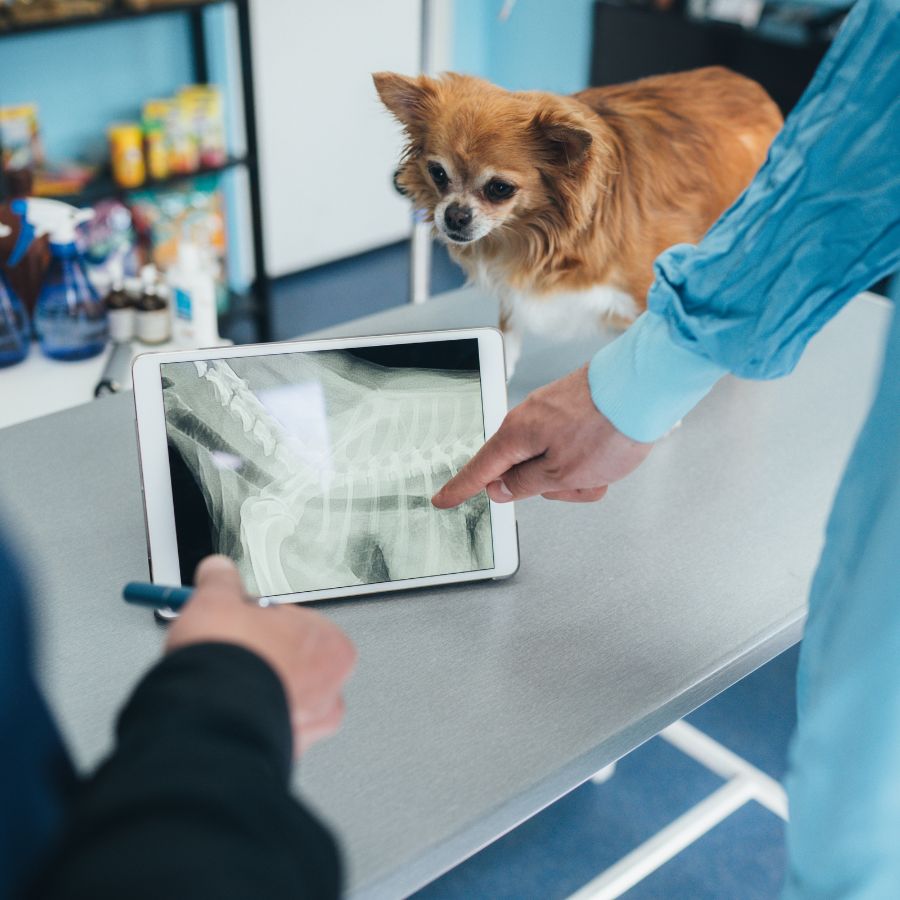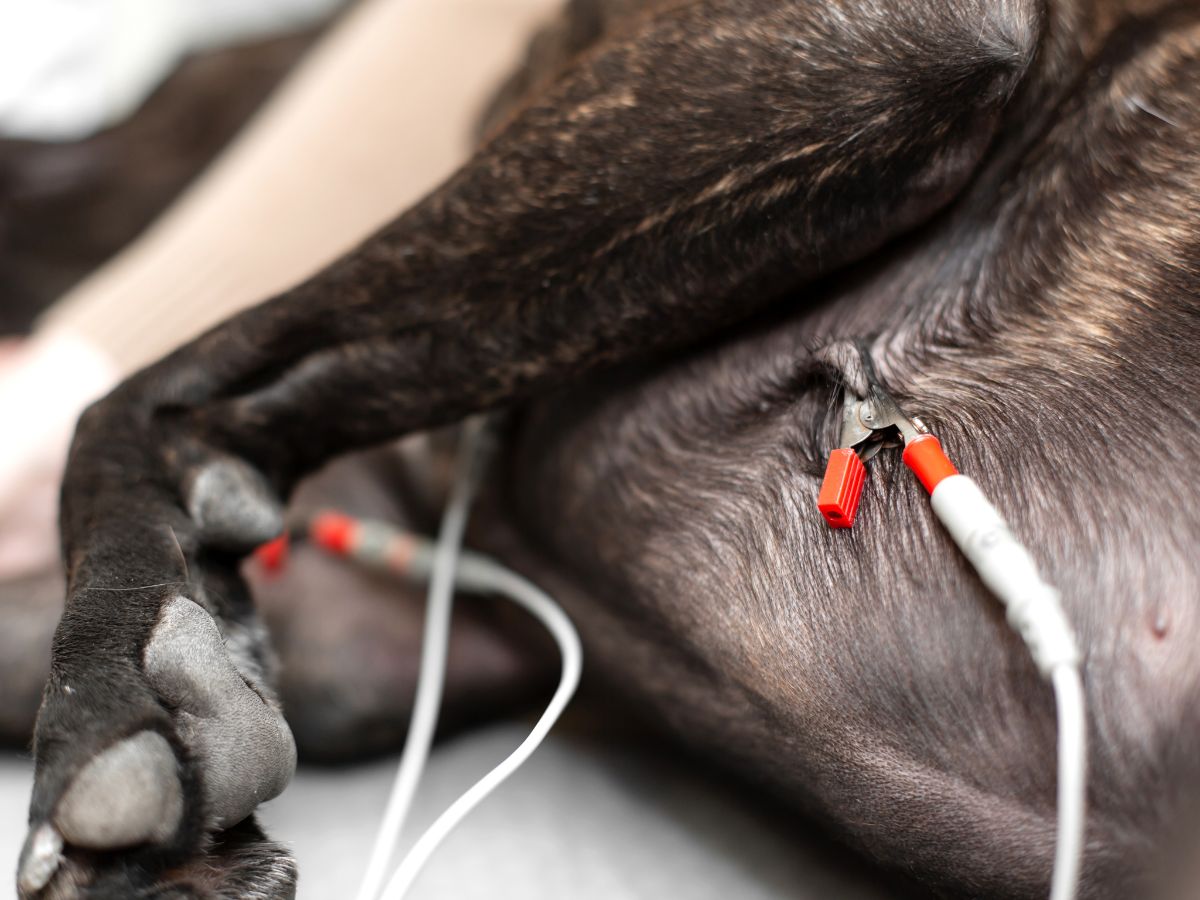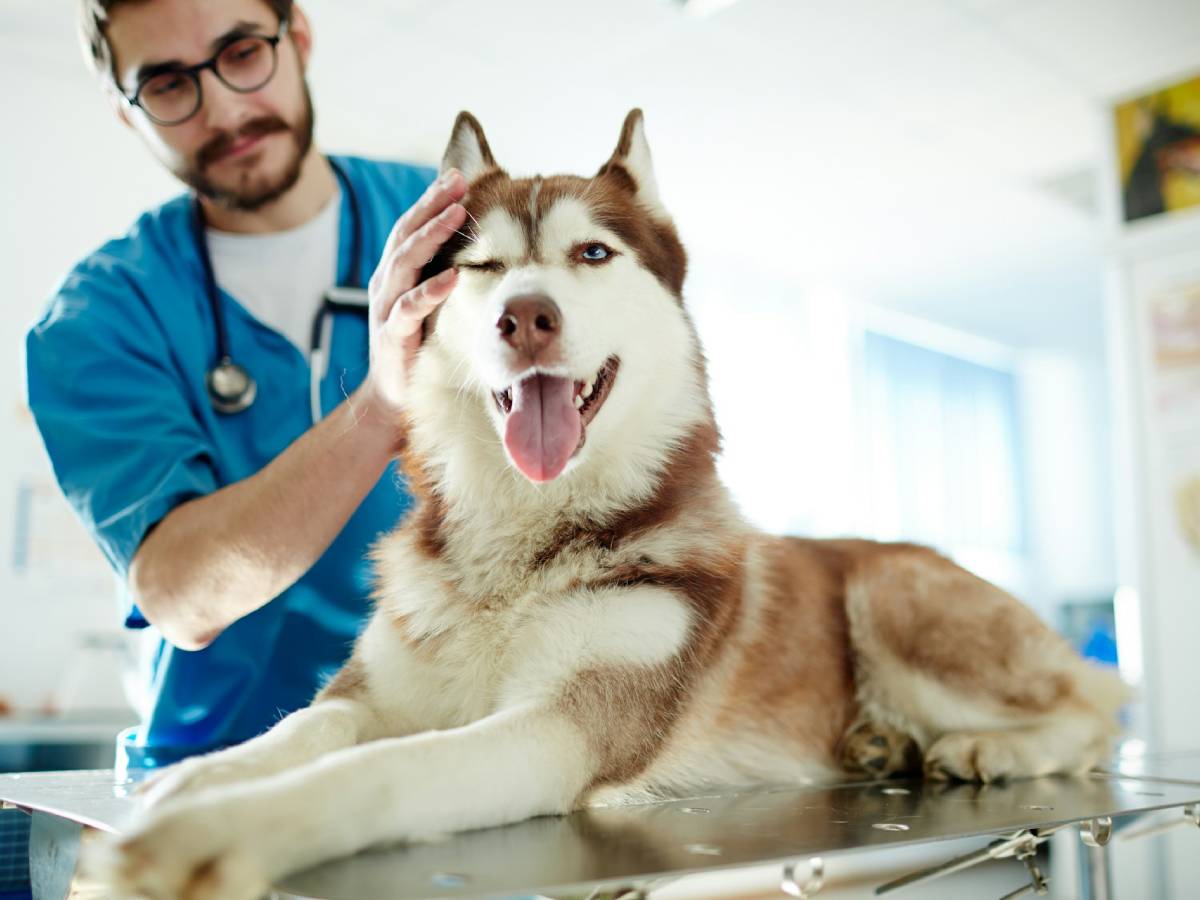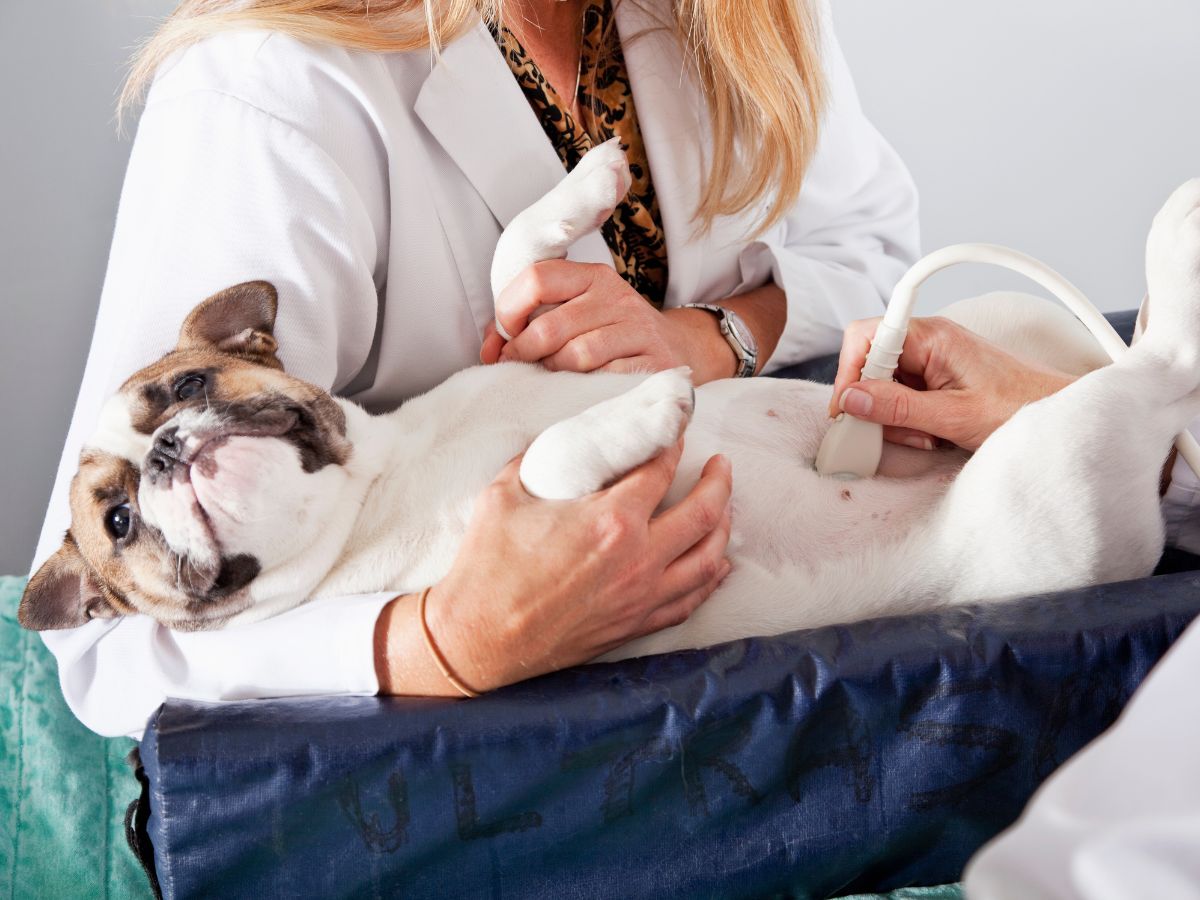Pet Diagnostics in El Paso, TX
Our hospital is equipped to provide diagnostic and therapeutic services to manage your pets’ complete health care needs. We feature an in-house laboratory, radiology, electrocardiography, and internal medicine referrals to aid in diagnosing and treating your pet.
Radiology
Radiography is a valuable diagnostic tool in veterinary medicine. As we continually strive to offer the highest quality medicine and diagnostic testing, we are pleased to offer radiology services to provide excellent care to our patients.
A radiograph (sometimes called an X-ray) is a type of photograph that can look inside the body and reveal information that may not be discernible from the outside. Radiography can be used to evaluate almost any organ in the body, including the heart, lungs, abdominal organs, and bones.
Radiography is painless, safe, and completely non-invasive, and it uses only very low doses of radiation. Radiographs can be used to evaluate bones as well as the size, shape, and position of many of the body’s organs. They can also be used to diagnose bladder stones, broken bones, chronic arthritis, certain spinal cord diseases, and a variety of other conditions.
Laboratory
Our in-house laboratory can provide results within minutes, which helps our veterinarian create an optimal real-time treatment plan for your pet. We can screen pets for abnormalities like pancreatitis, kidney disease, heartworm disease, urinary tract infections, and so much more! In critically ill pets, this may save valuable time and guide our team to give your pet the best outcome possible. We partner with an excellent reference laboratory for more routine testing that provides the most results within 24–72 hours.
Electrocardiography
We offer ECG services and consultations with cardiology services on-site. Since the hearts of dogs and cats can suffer from the same problems as human hearts, especially as pets grow older, it is important to monitor and test them for signs of heart problems.
An electrocardiogram, or ECG, is a non-invasive procedure that allows a veterinarian to check how your pet’s heart is performing. It measures the rate and regularity of the pet’s heartbeats and measures the heart chambers’ size and position. In addition to heart measurements, an ECG will reveal signs of any existing damage to the cat’s or dog’s heart. As with humans, early detection of heart problems in your pet increases the opportunities for successful treatment of the pet’s heart condition.
Internal Medicine and Referral
We are here to diagnose, treat, and manage your pet’s medical needs, including those involving chronic medical diseases and infections. We are also able to refer you to the specialist for advanced management and procedures for cases that require more in-depth.
If you have any questions about our referral process or our recommended internal medicine specialist, please don’t hesitate to call us.
Ultrasound
Pet ultrasound, or veterinary ultrasound, is a non-invasive diagnostic imaging technique that uses sound waves to create images of a pet’s internal organs, tissues, and structures. This technology emits high-frequency sound waves that bounce off the pet’s internal structures. Then, a computer converts the echoes into visual images.
Pet ultrasound is commonly used to evaluate organs such as the liver, spleen, kidneys, urinary bladder, heart, and blood vessels. It is particularly useful for identifying abnormalities such as tumors, cysts, stones, and monitoring pregnancy in female pets. Examples of how your veterinarian uses pet ultrasound include:
- Confirming pregnancy (as early as 25 days of gestation)
- Monitoring fetal health
- Detecting pathology or disease in young and geriatric patients
- As a guide for obtaining samples, such as abdominal masses and sterile urine samples
- Identifying the cause of heart murmurs
The procedure is generally painless and does not require anesthesia or sedation in most cases. The pet may need to be shaved in the area being examined to ensure a clear image. During the procedure, a handheld transducer is placed on the pet’s skin and moved around to capture images from different angles.
Pet ultrasound is considered a safe and reliable diagnostic tool for veterinarians, and it can provide valuable information about a pet’s health and medical conditions. However, it’s essential to note that there may be better choices for some situations, and other imaging techniques, such as X-rays or MRI, may be necessary. We can help determine the best course of action for your pet’s specific needs.





